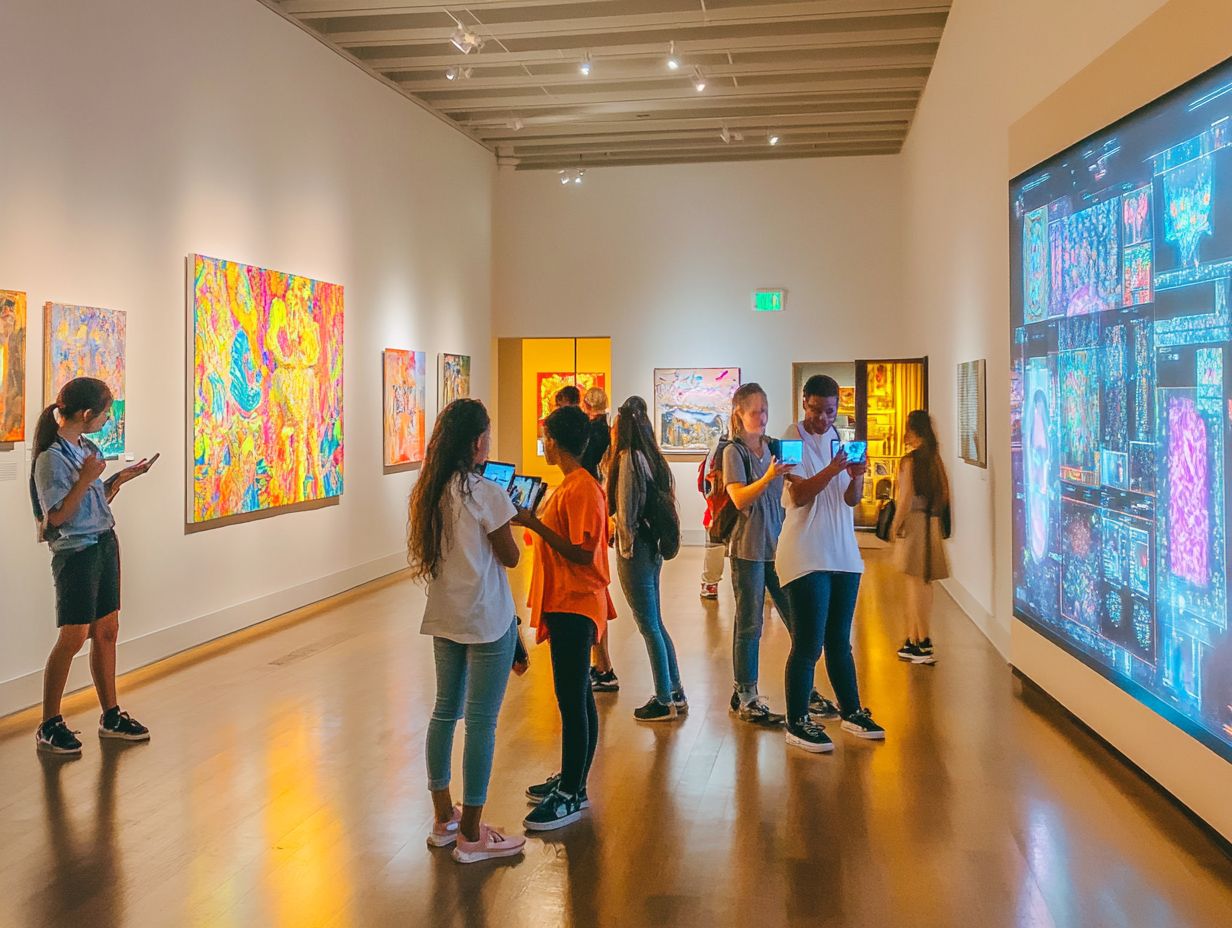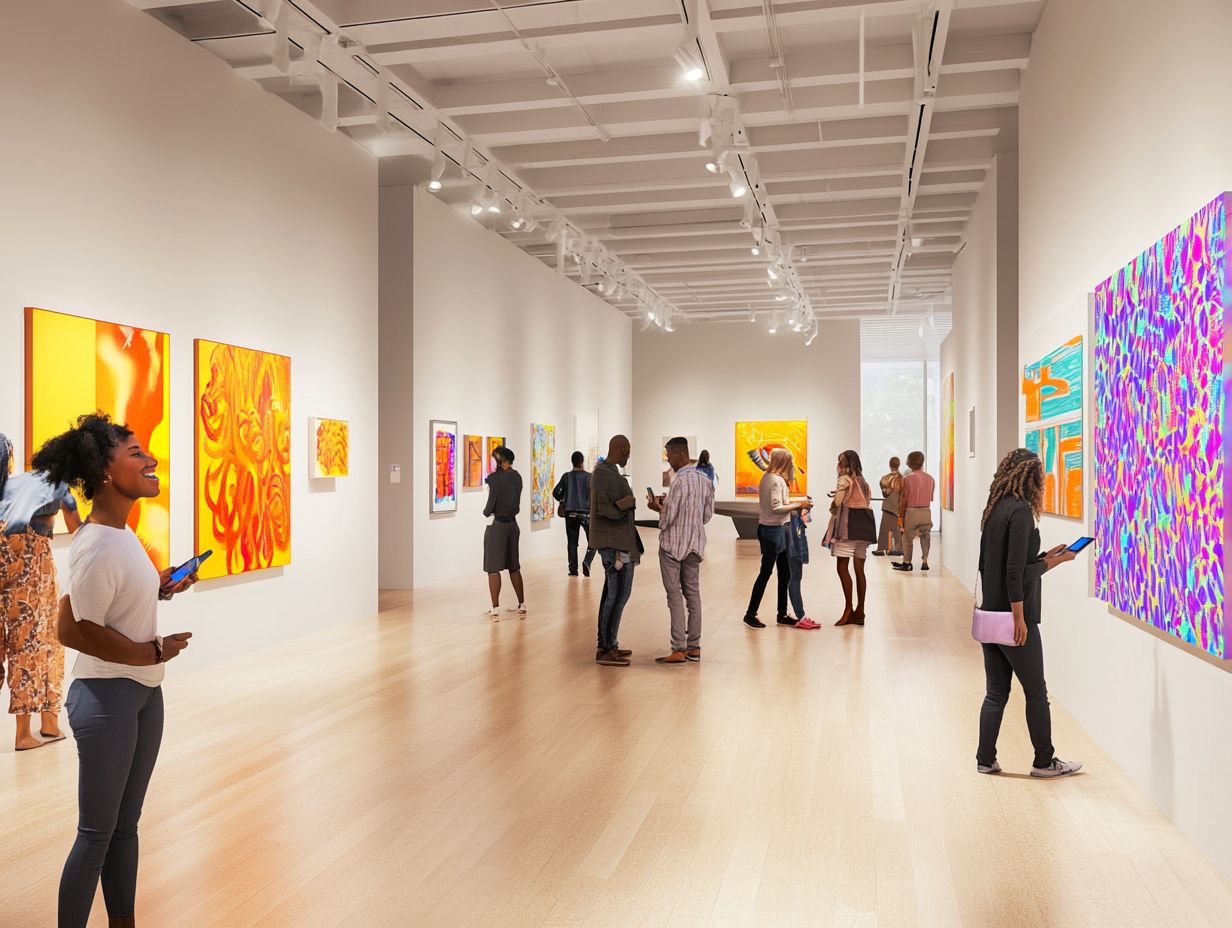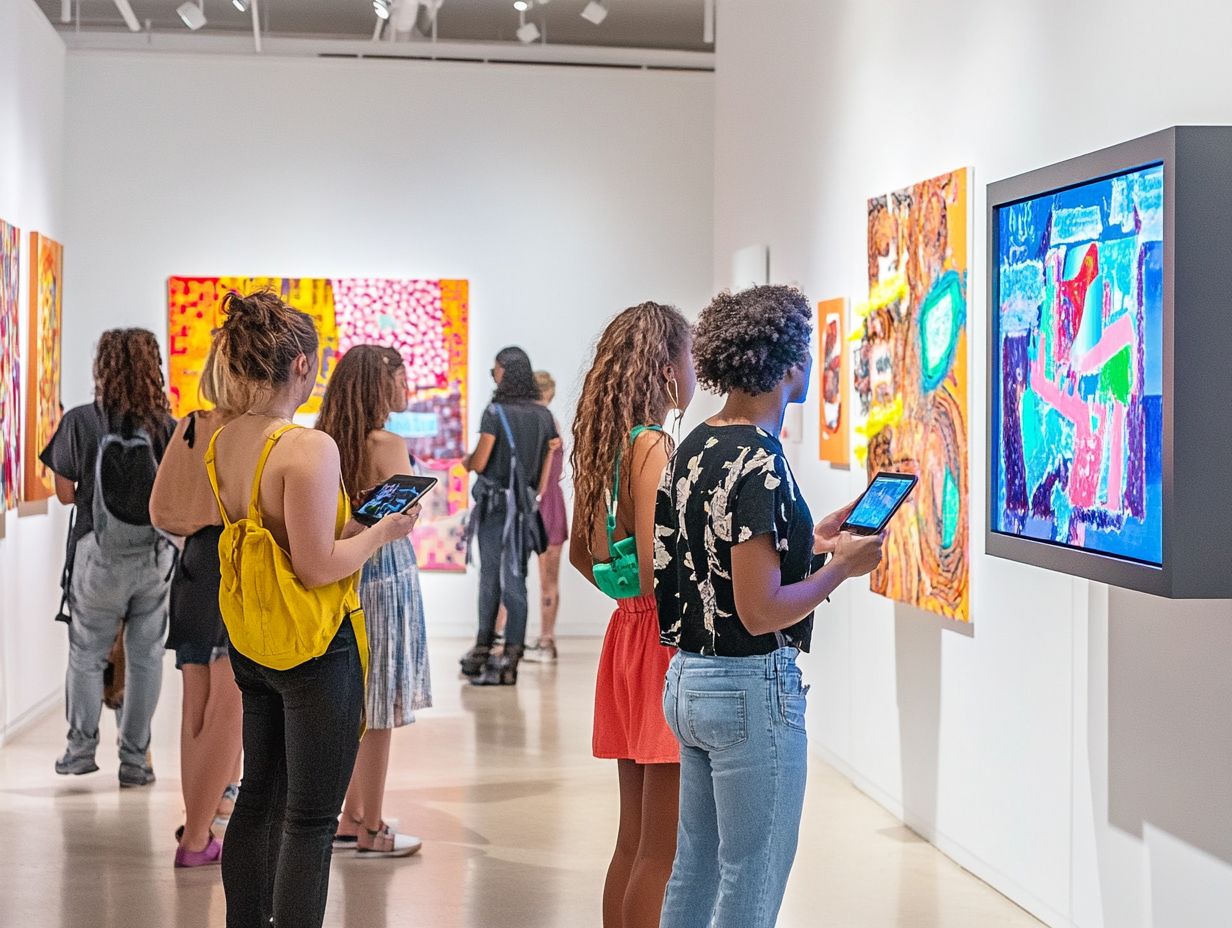In the competitive landscape of museums and galleries, understanding visitor patterns is crucial for developing effective marketing strategies. By analyzing demographics, interests, and behaviors that influence attendance, institutions can improve audience engagement and increase revenue. This article explores various methods for collecting and analyzing visitor data, including surveys and technological tools, and demonstrates how this information can guide targeted advertising, programming, and exhibitions. Join us as we reveal the essential connection between visitor insights and successful marketing in the art world.
Why Understanding Visitor Patterns is Important for Museum and Gallery Marketing

Understanding visitor patterns is essential for museums and galleries, as it enables cultural institutions to more effectively target their marketing efforts, enhance visitor experiences, and ultimately boost engagement and ticket sales.
By tracking and analyzing audience behavior and demographics, organizations can identify trends, improve outreach programs, and implement engagement strategies that resonate best with their intended audience.
Furthermore, this analysis of visitor patterns supports better decision-making concerning art exhibitions and partnerships with the community, where appreciation for art is often fostered and brand awareness is cultivated.
Impact on Audience Engagement and Revenue Generation
Understanding visitor patterns significantly impacts audience engagement and revenue generation for cultural institutions, allowing them to offer customized experiences that cater to their diverse audiences.
By leveraging visitor insights, museums and galleries can optimize their marketing channels and enhance the overall visitor experience, ultimately increasing ticket sales and driving stronger revenue streams.
This strategy not only boosts the likelihood of repeat attendance but also fosters a loyal community of patrons who feel connected to the institution’s mission.
Targeted marketing strategies that address specific interests and demographics enable institutions to effectively engage potential visitors, making it more likely for them to participate in events and exhibitions.
Furthermore, increased audience interaction—whether through social media campaigns or personalized outreach—creates memorable experiences that encourage word-of-mouth promotion.
These connections not only enrich the cultural experience but also have a significant positive impact on the financial sustainability and growth of these vital artistic spaces.
Factors Influencing Visitor Patterns

Visitor patterns in museums and galleries can indeed be influenced by demographics, audience segmentation, and the individual motivations that drive attendance.
By understanding these factors, cultural institutions can conduct behavioral analyses that allow them to tailor their marketing strategies and design outreach programs that align with the psychographics of their audiences.
Additionally, visitor tracking technology can be employed to gather data on visitor flow and preferences, which can further enhance the effectiveness of marketing efforts.
Demographics, Interests, and Behaviors
Visitor demographics, including age, gender, and interests, play a significant role in shaping audience behavior and influencing attendance at cultural institutions. Understanding these demographics enables museums and galleries to develop targeted marketing strategies that enhance community engagement and improve art education, ultimately contributing to audience development.
This knowledge allows institutions to design programs and exhibitions that align more closely with the needs and expectations of various segments within their community.
For instance, if galleries discover that a large proportion of their visitors are families with children, they might decide to host special family-oriented events or create interactive exhibits that encourage children to engage with art just as their parents do.
Additionally, understanding the interests of different demographics facilitates the creation of educational programming for schools tailored to various age groups and cultural backgrounds.
These informed strategies not only attract more visitors but also foster a sense of community, establishing cultural institutions as relevant and accessible to all.
Methods for Collecting and Analyzing Visitor Data

Collecting and analyzing visitor data through methods such as surveys, feedback tools, and technological solutions is essential for museums and galleries seeking to enhance their marketing strategies and boost visitor engagement.
By employing techniques to gather visitor analytics, cultural institutions can leverage data analysis and marketing research to obtain valuable insights.
Surveys, Observations, and Technology
Utilizing visitor surveys, observational studies, and technology-driven approaches provides comprehensive insights into visitor behavior and preferences. These techniques allow cultural institutions to gather valuable insights, which can be used to inform digital engagement strategies and enhance the overall visitor experience.
Surveys help gauge visitor satisfaction levels and identify expectations, while observational studies offer real-time insights into movement patterns within venues. Technological advancements such as mobile tracking and data analytics tools significantly improve the analysis of engagement metrics.
By combining these resources, organizations can refine their marketing analytics to collect more precise data on audience profiles, ensuring that digital content aligns with visitor preferences. Consequently, this multi-faceted approach not only facilitates knowledge-based decision making but also fosters a more interactive environment that caters to visitors’ tastes and interests.
Using Visitor Patterns to Inform Marketing Strategies

Leveraging visitor insights to inform marketing strategies has become a critical approach for museums and galleries, enabling them to target specific segments of their audience more effectively.
By analyzing visitor data, cultural organizations can enhance their programming and exhibitions, thereby improving marketing effectiveness and increasing engagement metrics.
Targeted Advertising, Programming, and Exhibitions
Targeted advertising plays a crucial role in audience development for museums and galleries, making it essential for creating programming and exhibitions that cater to the diverse interests and needs of different target audiences.
By implementing audience development strategies, cultural institutions can generate art-related content and marketing campaigns that deliver experiences tailored to their audiences. This approach ensures that the programming and exhibitions offered align with the interests of potential visitors and arts enthusiasts, fostering a deeper connection between the audience and the art itself.
Insights into audience demographics, interests, and behaviors enable cultural institutions to create exhibitions that are both relevant and engaging. When marketing is aligned with audience needs, engagement increases, resulting in greater attendance and a more robust arts ecosystem.
As programming evolves based on insights gained from targeted advertising, art institutions serve as living laboratories for experimentation and exploration, further enriching the overall cultural landscape.






